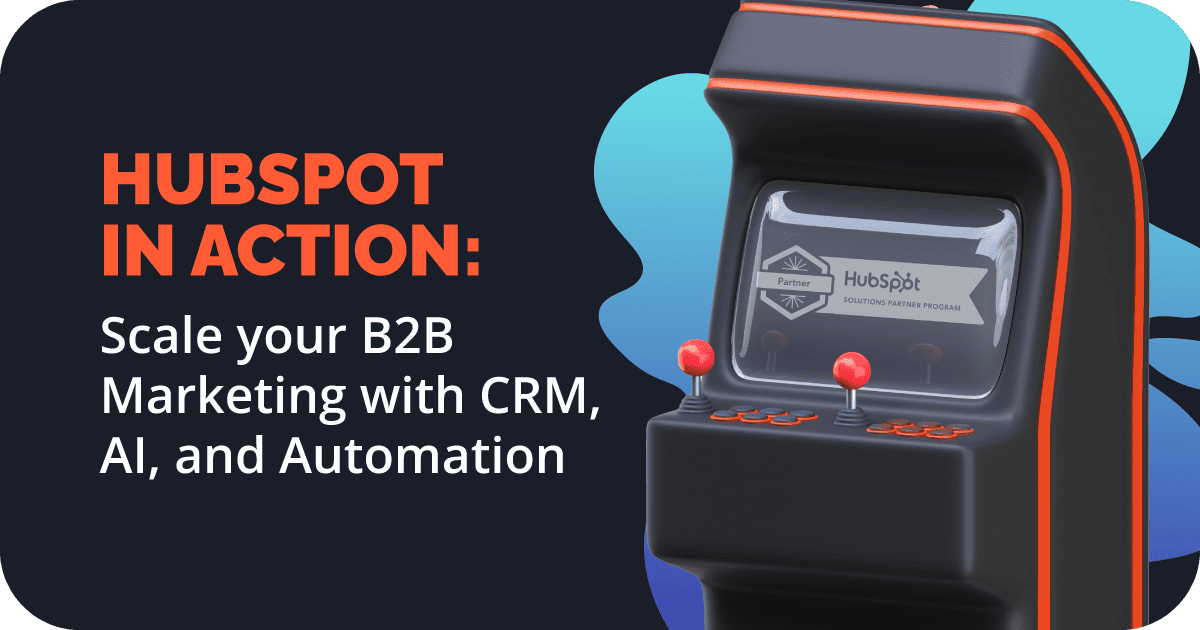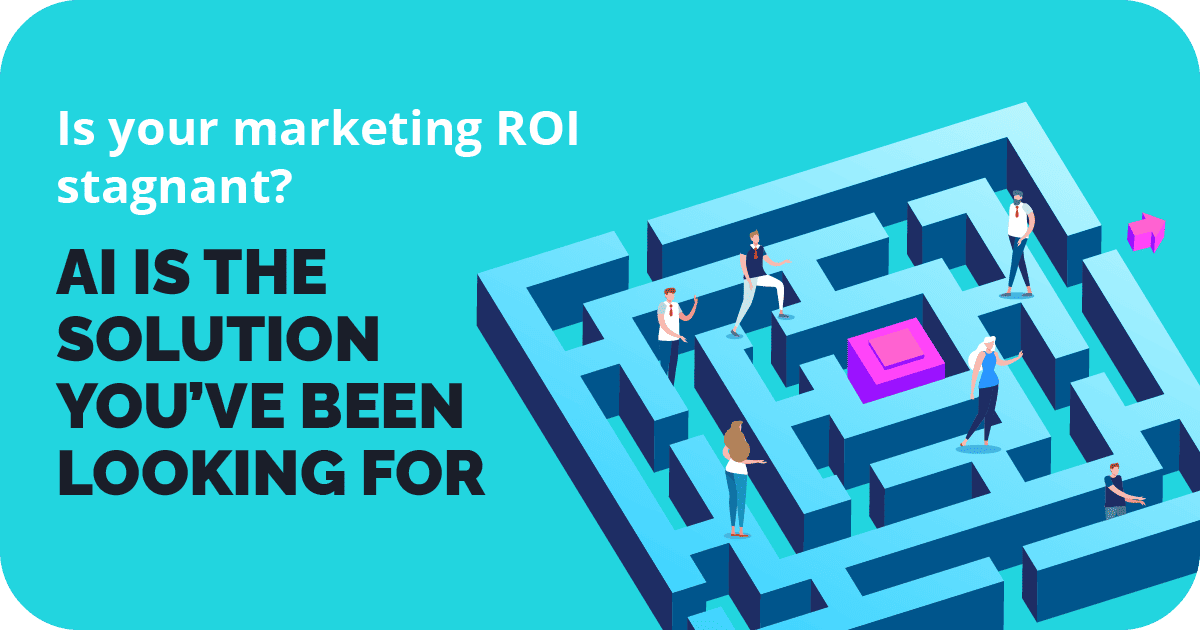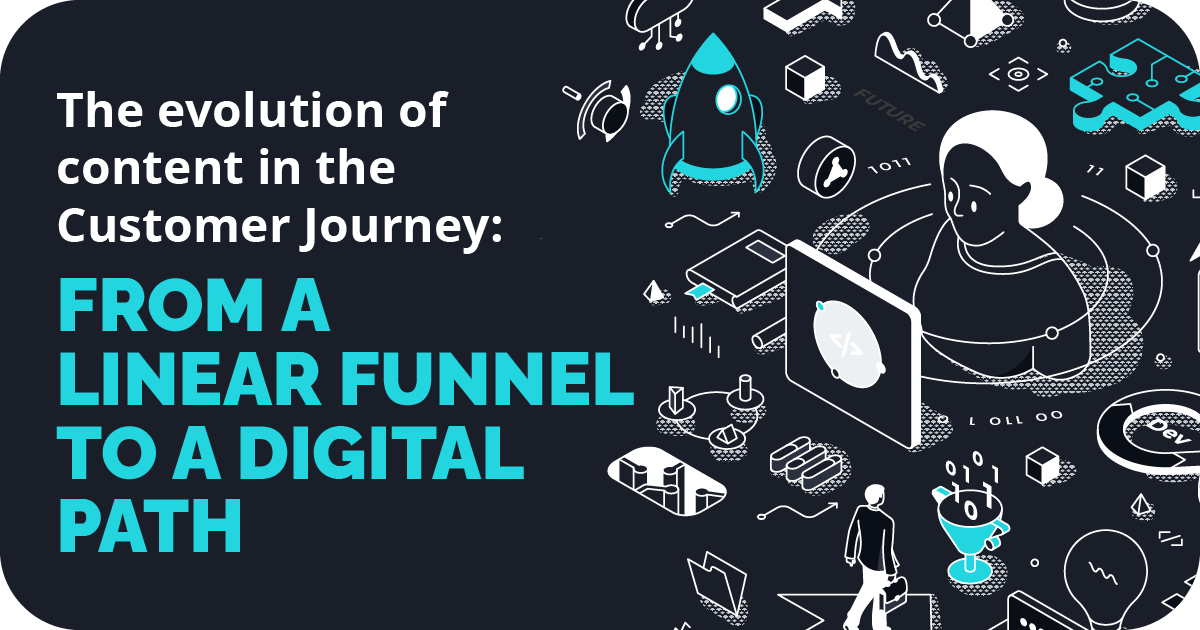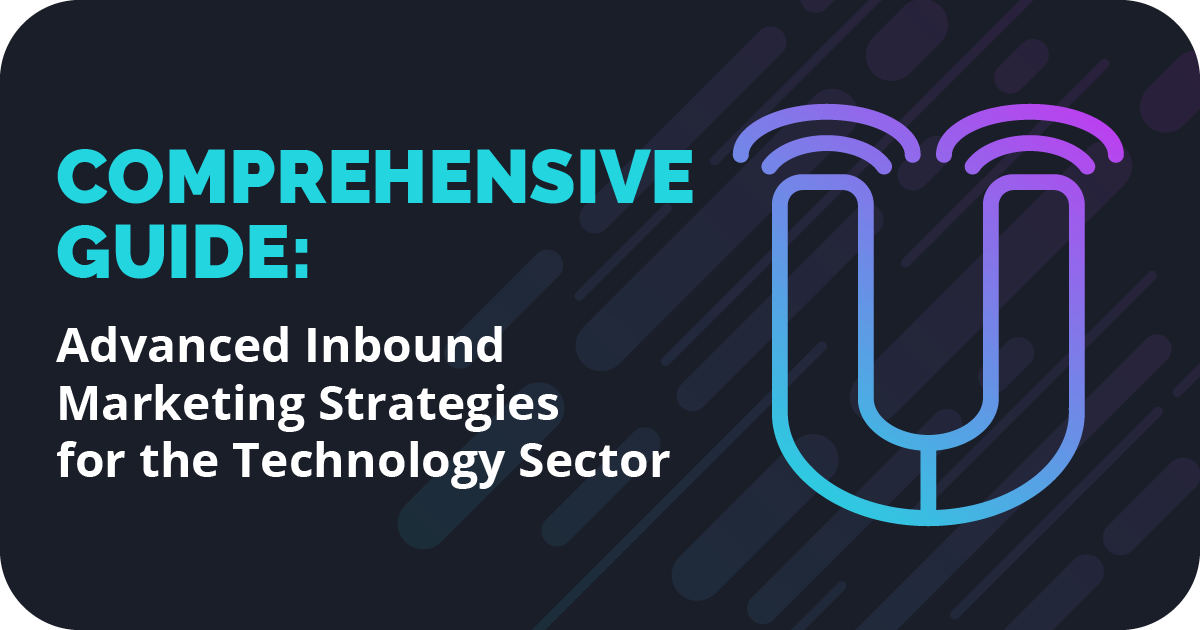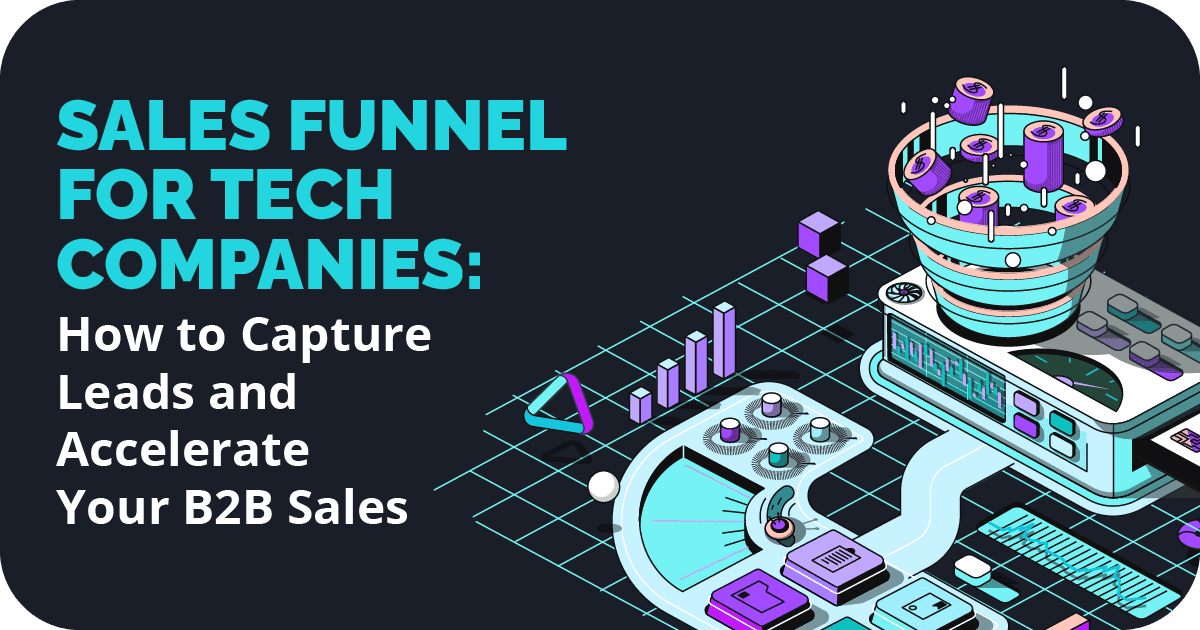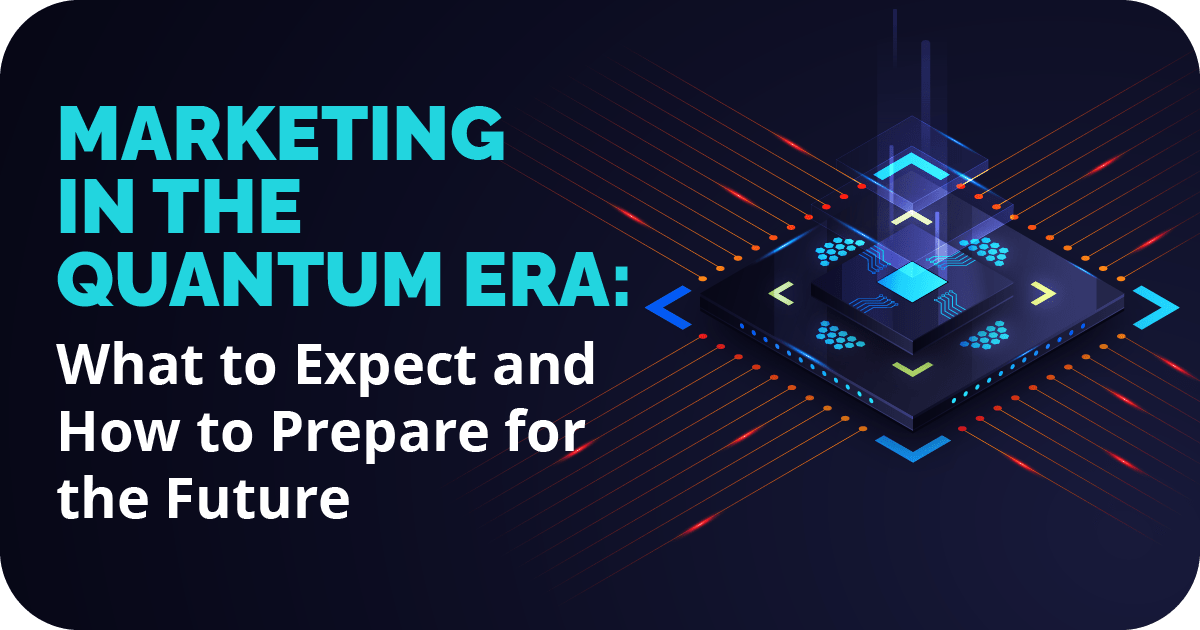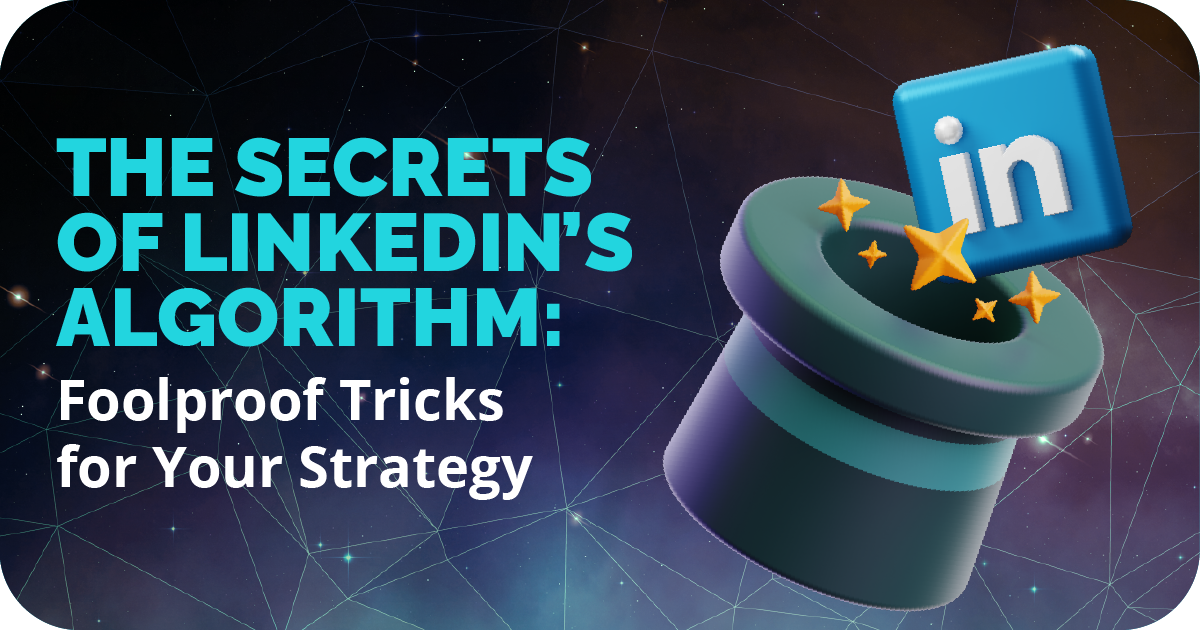If your business wants to attract millennials, read this article. You may be surprised!
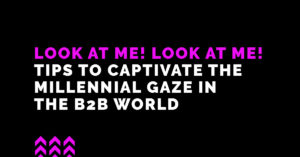 The millennial generation (born between 1981 and 1996) is the first to come of age in the new century and is expected to be a key economic force in the decades ahead. According to Gallup, it is the largest labor force in the United States, representing 73 million people. To the surprise of many baby boomers, it is predicted that by 2025, millennials will make up 75 percent of the global workforce. Shocking right?
The millennial generation (born between 1981 and 1996) is the first to come of age in the new century and is expected to be a key economic force in the decades ahead. According to Gallup, it is the largest labor force in the United States, representing 73 million people. To the surprise of many baby boomers, it is predicted that by 2025, millennials will make up 75 percent of the global workforce. Shocking right?
Millennials are the first generation to be born in the digital age. This generation is well recognized for rejecting traditional lifestyles such as marriage and having a traditional family. In comparison to past generations, they tend to emancipate from occupations more rapidly. Millennials are communicators, multitaskers, nonconformists who value their free time and want to live in a better environment, and their consumption patterns are heavily impacted by technology. The great majority of them, without a doubt, own a smartphone, through which they carry out a substantial portion of their activities, such as playing, shopping, learning, working, and interacting with the world.
Millennials actively influence purchasing decisions and consumer habits.
In this article, we will discuss how the Business to Business (B2B) sector can incorporate functional design elements into their digital marketing strategies to engage this target audience, given that millennials actively influence purchasing decisions and consumption habits. According to the organization B2B International, 73 percent of individuals who are employed already have an active role in the company’s acquisition of products or services.
A challenging generation and a significant challenge for businesses
One of the aspects that millennials take into account the most is the experience with the brand. They are twice as likely to abandon a brand forever if they don’t like it and twice as likely to recommend it to others if they had a great experience.
When it comes to advertising content, millennials are more skeptical than other generations. They look at advertising with caution, including content produced by influencers. However, they do trust content created by other users. Not to mention that their favorite place to consume it is on social networks.
Taking these factors into account, businesses that want to target this generation must focus on the millennial customer experience, which includes listening to their viewpoint, recognizing weak areas, and working to solve them innovatively. It is a collaborative effort that requires integrated, flexible, viral, and credible marketing strategies. These strategies should focus on user experience (UX), which seeks to meet the satisfaction and needs of users in terms of information architecture, interaction, usability, prototyping, and visual design.
When it comes to advertising content, millennials are more skeptical than other generations.
As a result, we will share six digital visual design trends that, in our opinion, are the most powerful for a B2B organization to make millennials fall in love with the ever-demanding millennials:
1 Semi-flat design
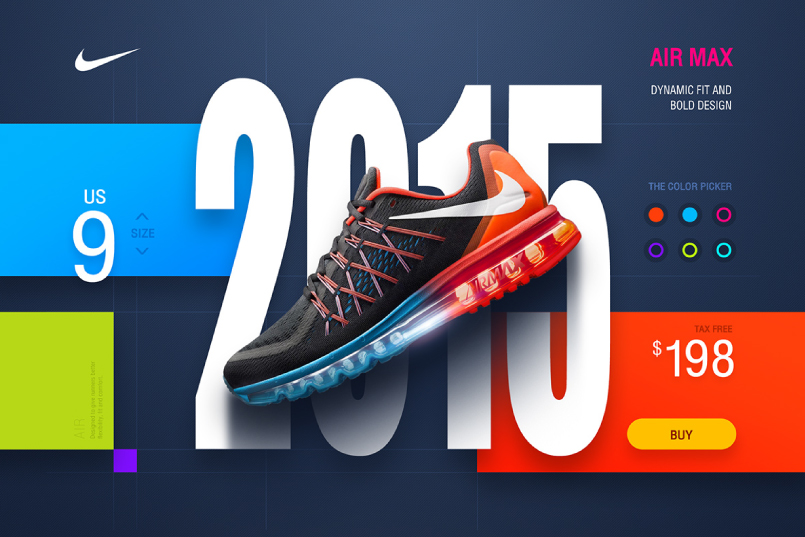
In addition to flat design, it combines shadows and gradients into the vector design, which adds depth without sacrificing the minimalist qualities.
2. 3D
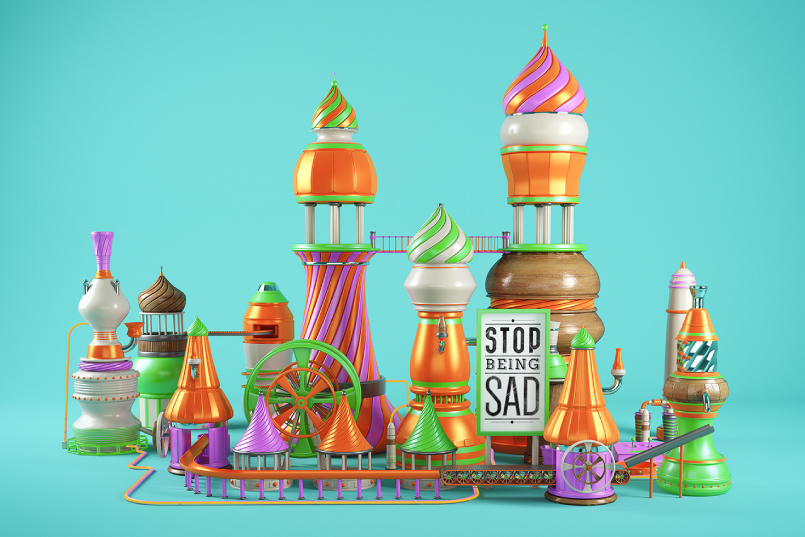
Without a doubt, 3D has been one of the most innovative tools in graphic design in recent years. With the rapid evolution of modeling software, there are more possibilities to create incredibly realistic-looking textures and shapes.
Below, you will find the redesign of one of our top clients: NETGEAR Insight’s website, which showcases the entire business product line as a single ecosystem managed from the Insight platform.
3. Gradients

Instagram has been a pioneer in this movement for a few years. Creating a logo using gradients was unfathomable in the days of paper and print, but they are increasingly being included in the digital landscape. Today, this approach is frequently included in the branding of major corporations.
Another example: Security Assessment Online, which is a security level self-assessment landing page for companies, which aims to showcase the solutions that best fit the customer’s needs.
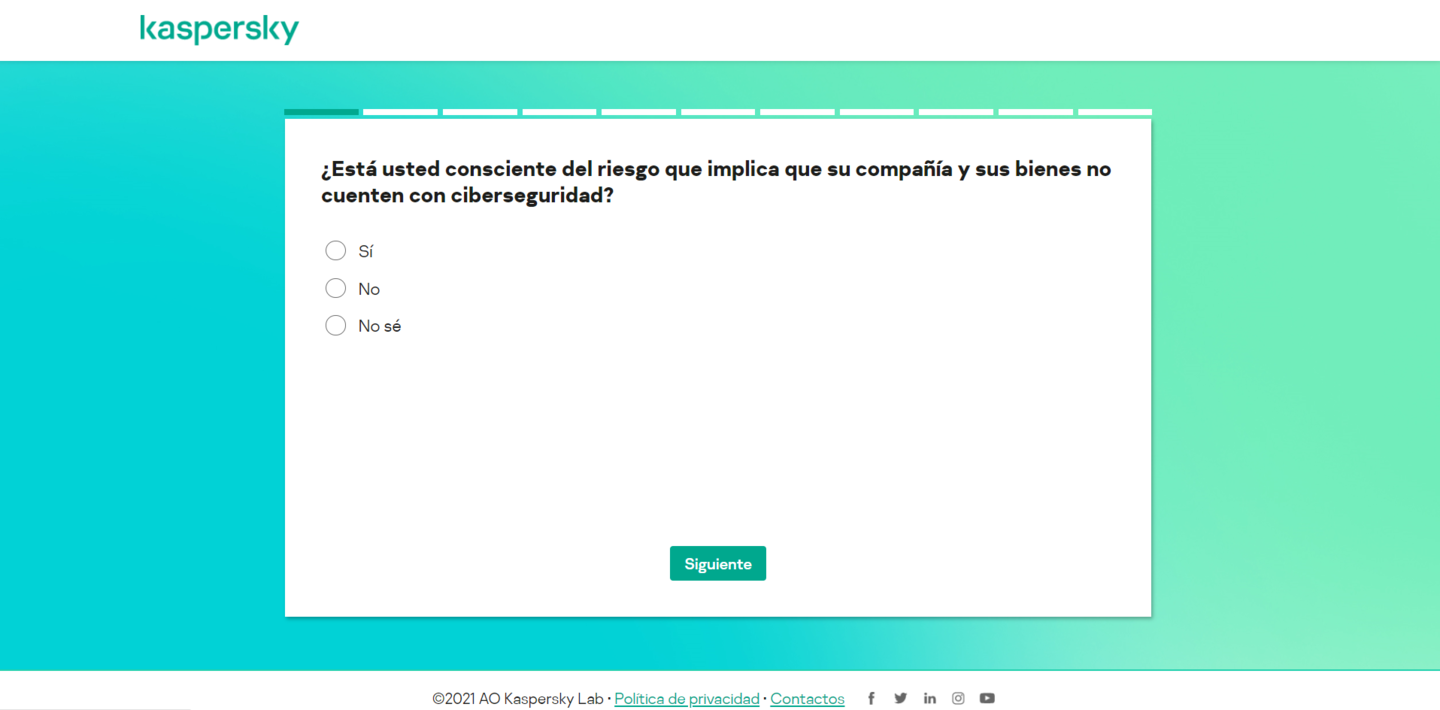
4. Cinemagraph

Created back in 2017, cinemagraphs combine static and moving images, which allows for more realism and provides a sensation that cannot be achieved with a simple image.
Another example of Cinemagraphs is from NETGEAR’s landing page with its partner MEGAPIXEL that shows how ProAV switches help deliver high-quality graphics on Full HD displays in high-end spaces.
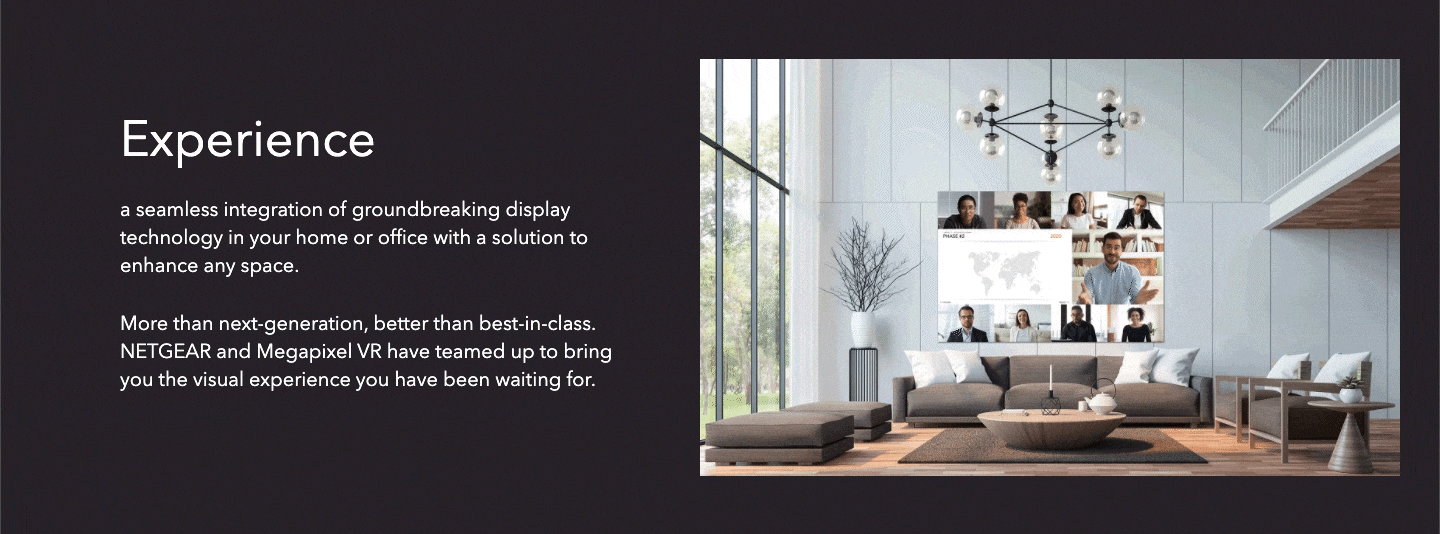
5. Colors

Calm blues stand out, conveying peace and tranquility. In a chaotic world like ours, earth tones create a mental connection with the environment and generate pleasant emotions. Citrus hues are associated with freshness and optimism, while the contrast of black and white stands out more than the market’s oversaturated style of striking tones.
6. Retrofuturism

A popular style in 2021 that was created in the 1980s when many imagined various elements of the future and was highly used, hence the name that references the future while still mentioning retro to acknowledge the past. It is recognized by the use of geometric forms and neon colors.
We hope you enjoyed this review of how companies must fully commit to the renewal of their products, services, brand image, marketing strategies, communication, and advertising content if they don’t want to lose the vote of the most influential generation: the millennials. The section on visuals discussed, when applied properly, will make your business plan successful within the demanding generation. At Isource Marketing, we have a highly qualified team of designers, illustrators, and creators ready to help you take your brand to the next level. Contact us now by clicking here: https://isource.agency/#contact

UI/UX Creative Artist
Passion: Digital Art




